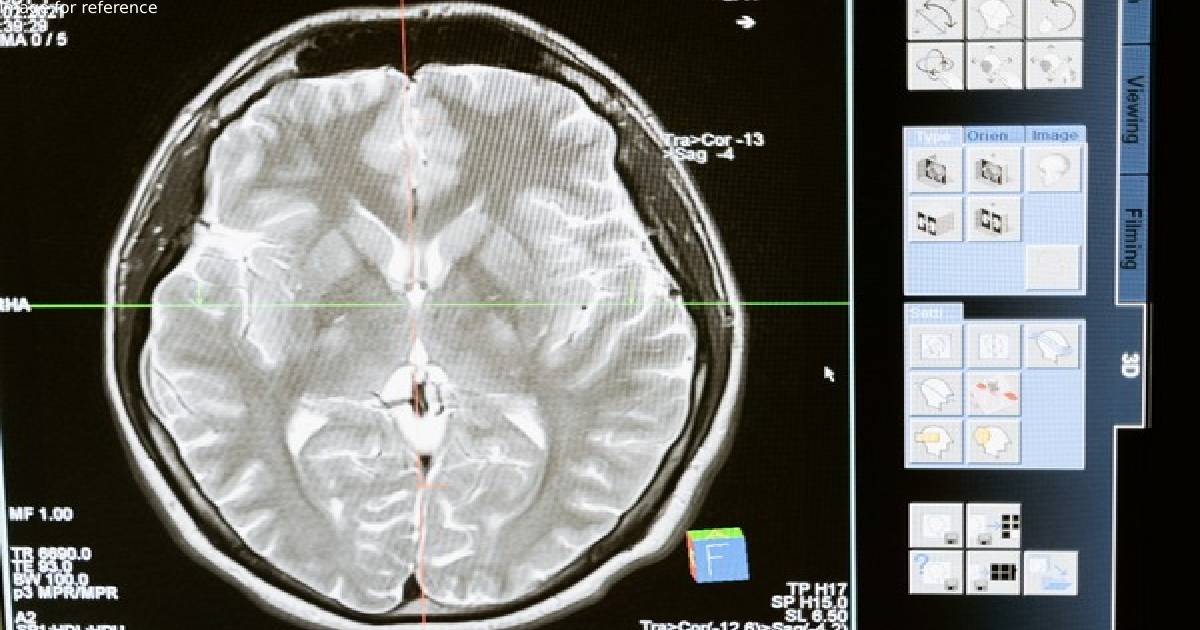Latest News
Researchers use AI technology to detect mental illness

Georgia: In order to prevent and cure debilitating ailments including Alzheimer's disease, schizophrenia, and autism, a new study at Georgia State University's TReNDS Center may result in early detection.
This study was published in the Journal of Scientific Reports. A team of seven scientists from Georgia State developed a sophisticated computer programme that was able to sift through enormous volumes of brain imaging data and find unexpected patterns related to mental health disorders. The functional magnetic resonance imaging (fMRI) scans used to produce the brain imaging data evaluate dynamic brain activity by spotting minute variations in blood flow.
As the study's lead author and an associate professor of computer science and neuroscience at Georgia State University, Sergey Plis remarked, "We constructed artificial intelligence models to analyse the substantial volumes of information from fMRI."
Instead of a snapshot like an x-ray or the more popular structural MRI, he likened this type of dynamic imaging to a movie, noting that "the accessible data is so much larger, so much richer than a blood test or a standard MRI." But that's the problem--difficult it's to understand so much data.
Furthermore, fMRIs on these particular situations are expensive and difficult to obtain. However, data mining may be done on standard fMRIs using an AI model. And there are plenty of those around.
According to Vince Calhoun, founding director of the TReNDS Center and one of the study's authors, "there are vast datasets accessible in individuals without a documented clinical problem." The model's performance on smaller, more focused datasets was enhanced by using these extensive but unrelated public datasets.
According to Calhoun, "new patterns developed that we could categorically link to each of the three brain illnesses."
A dataset with over 10,000 individuals served as the initial training ground for the AI models as they were taught the fundamentals of fMRI imaging and brain activity. Following that, the researchers used multi-site data sets of more than 1200 people, including those with Alzheimer's disease, schizophrenia, and an autism spectrum disorder.
How does it function? It's similar to how Facebook, YouTube, or Amazon start to learn about you from your online behaviour and start to forecast your future behaviour, likes, and dislikes. The computer programme was even able to pinpoint the precise "moment" when the brain imaging data most strongly suggested a connection to the relevant mental condition.
These discoveries must be put to use before a disorder shows up for them to be clinically helpful.
We might be able to take action if we can identify risk factors for Alzheimer's disease in a 40-year-old and predict that risk using markers, according to Calhoun.
Similar to this, there might be ways to provide better or more efficient therapies if schizophrenia risks can be recognised before there are actual changes in brain structure.
"We are still unable to anticipate when exactly it will develop, even if we know through previous testing or family history that someone is at risk of an illness like Alzheimer's," Calhoun said. Brain imaging could shorten that window by spotting the pertinent patterns as soon as they emerge before the clinical illness becomes evident.
The idea, according to Plis, is that after gathering a sizable imaging dataset, "our AI models will analyse it and reveal to us what they discovered about particular illnesses. We are creating systems to find new knowledge that we are unable to get on our own."
The first author of the study and doctoral candidate in computer science at Georgia State University, Md. Mahfuzur Rahman, stated that the study's objective was to "bridge big worlds and big datasets with small worlds and disease-specific datasets and move towards markers relevant for clinical decisions." (ANI)




















